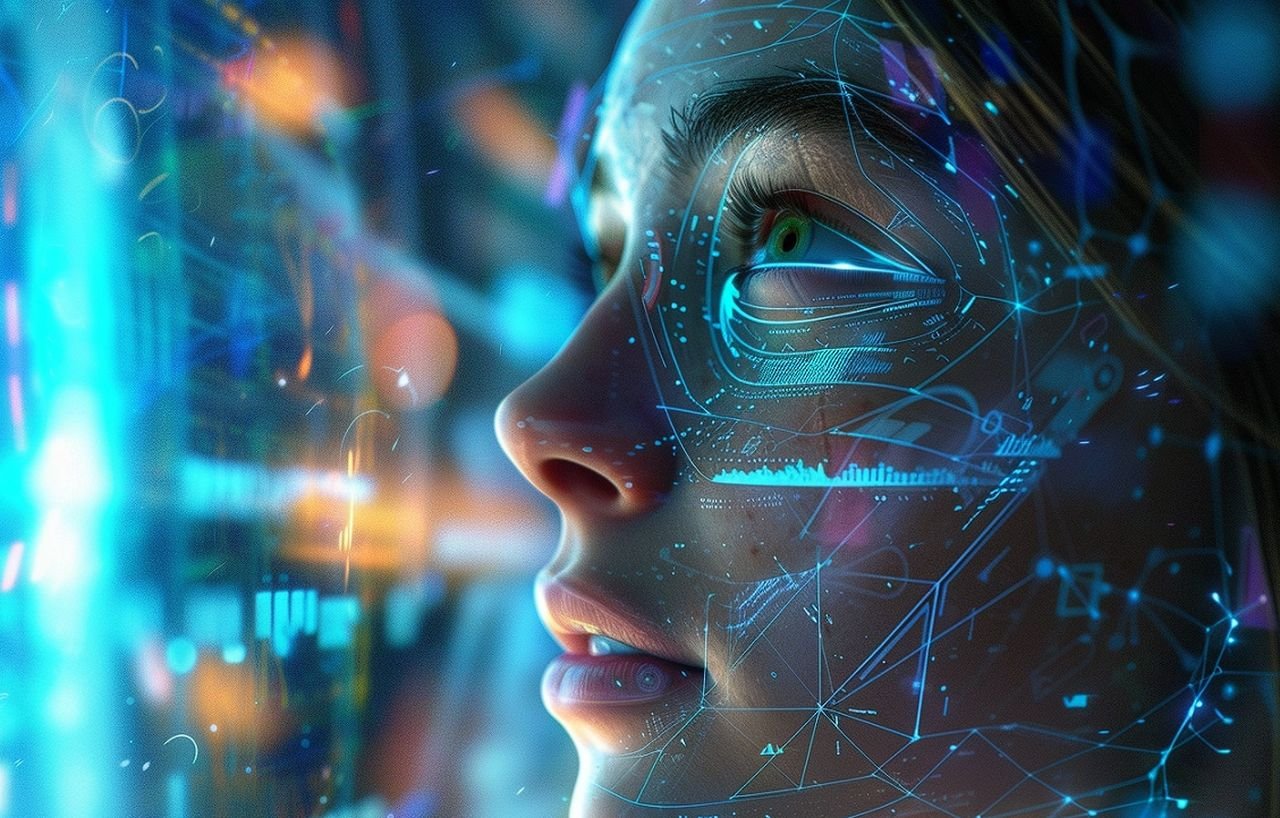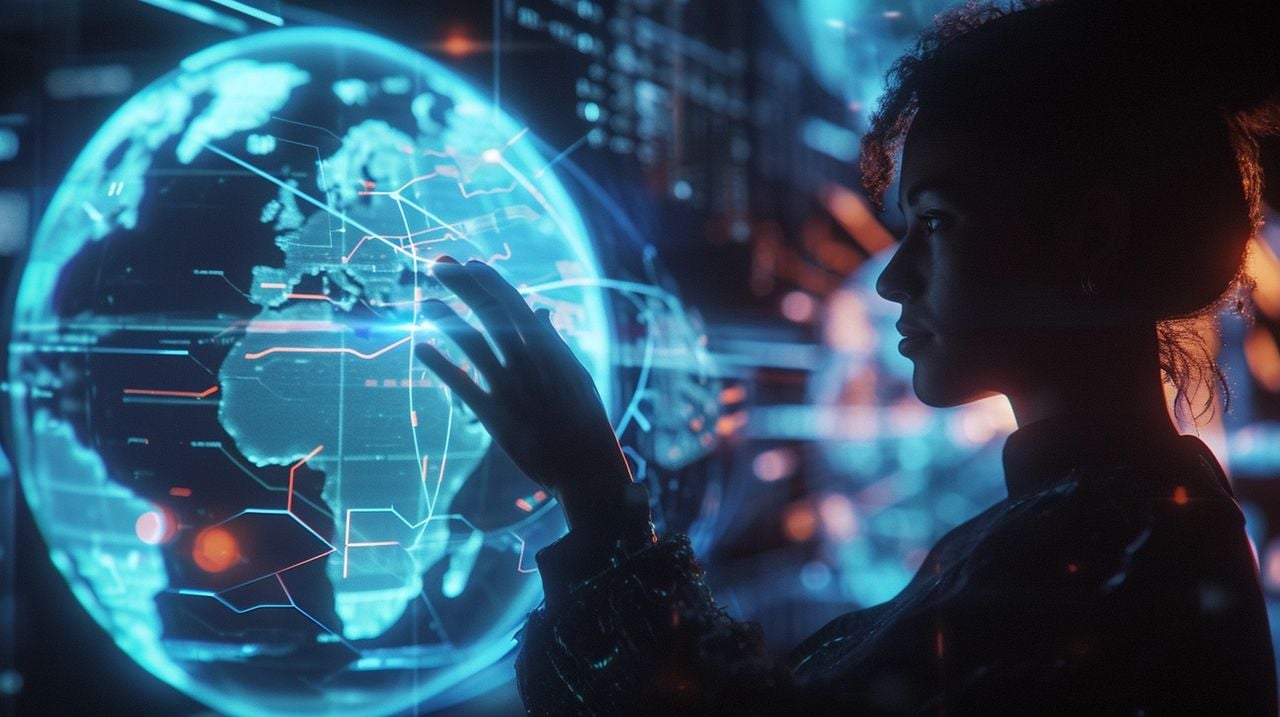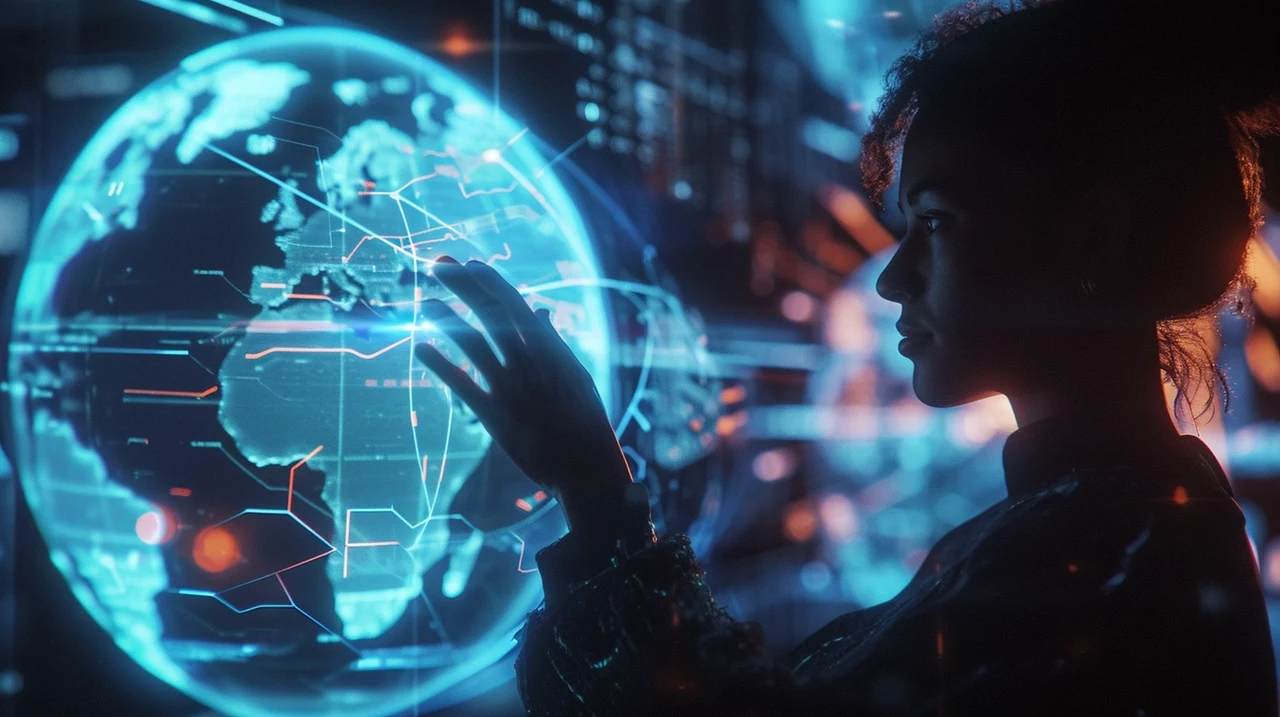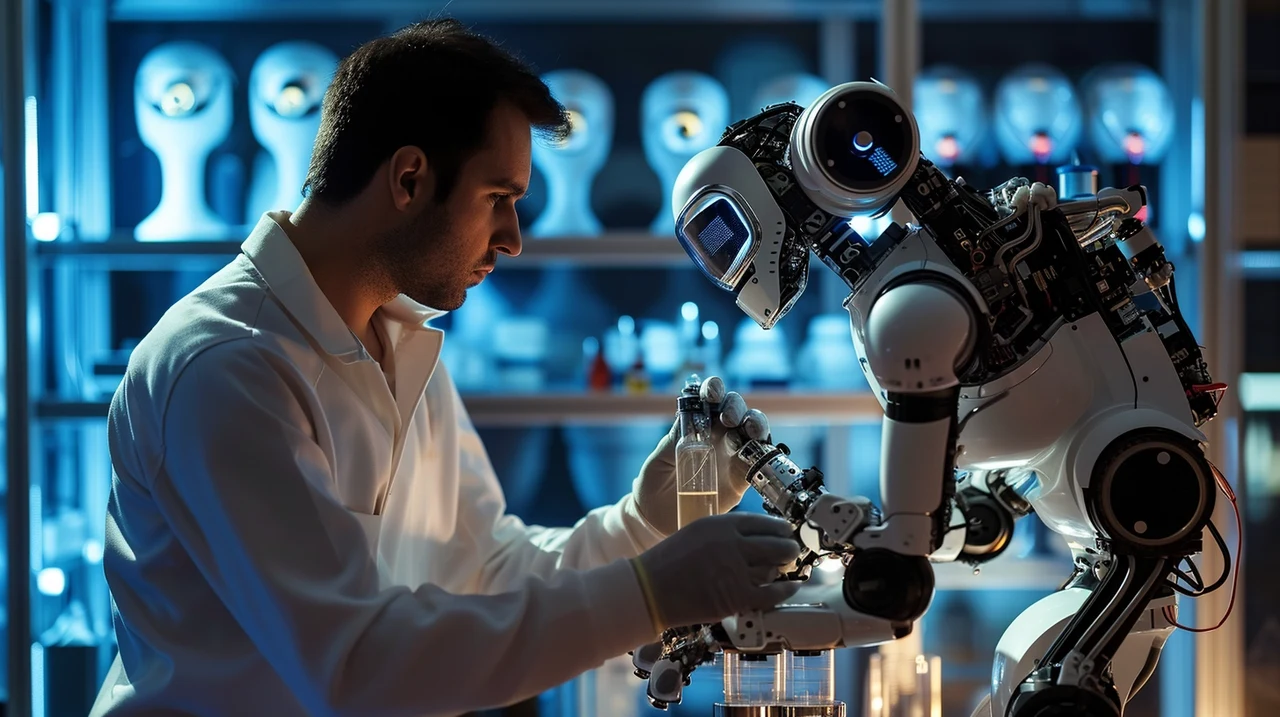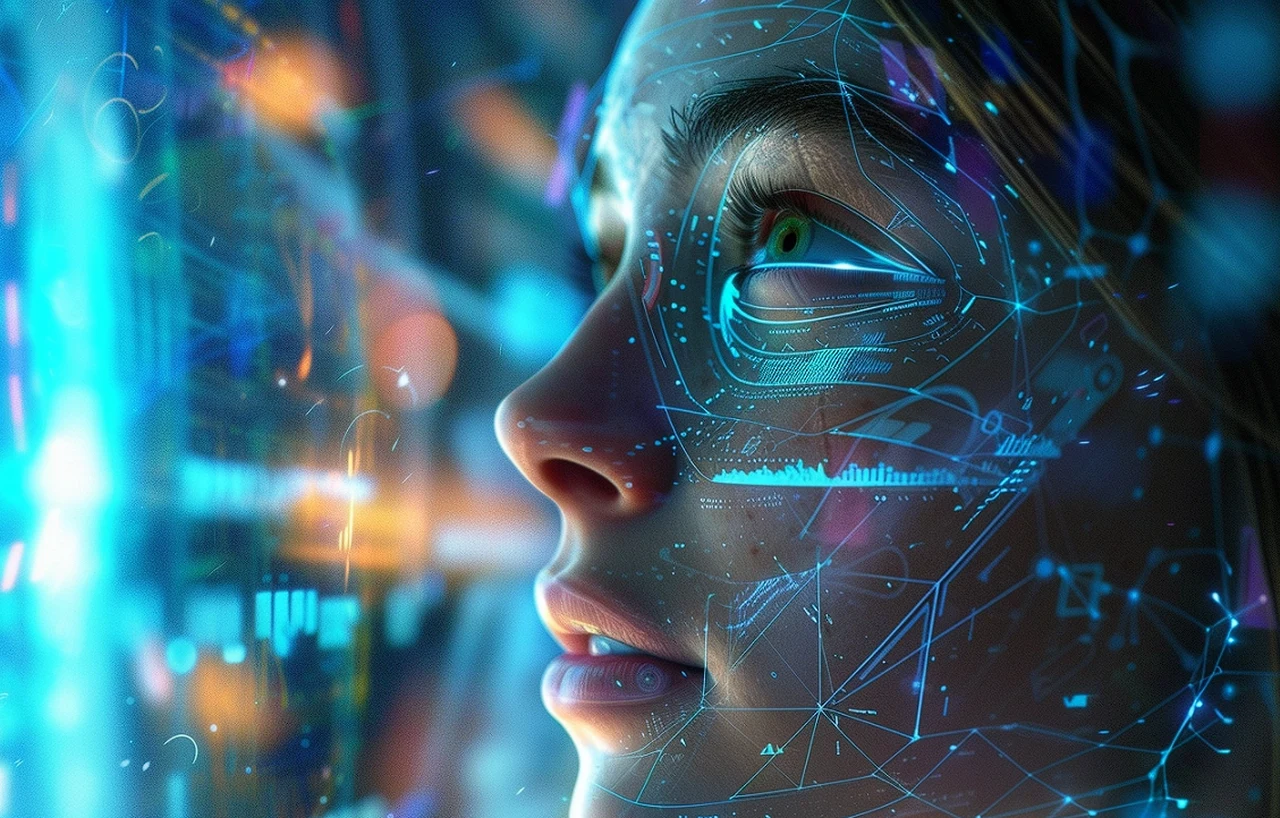
OpenAI has reportedly made a significant breakthrough in artificial general intelligence (AGI) development, which has been somewhat obscured by other news and detailed in a research paper and blog post. The breakthrough involves advancements in video generation models, which are seen as a path toward creating general-purpose simulators of the physical world. These models, particularly the large-scale model named Sora, can generate high-fidelity video and demonstrate an understanding of the physical world, physics, and three-dimensional space. The scaling of these models is believed to be a promising direction for AGI development.
This recent development by OpenAI has captured the attention of the world and is a significant leap that could bring us closer to the creation of machines that think and learn like humans. OpenAI’s latest project Sora involves sophisticated video generation models that go beyond simple image creation. These models are part of a larger effort to achieve Artificial General Intelligence (AGI), a type of AI that could perform any intellectual task that a human being can.
Leading the charge in this innovative space is Sora, a large-scale model that has been designed to generate high-quality video. What makes Sora remarkable is its ability to understand and replicate the physics and three-dimensional nature of the real world. This is no small feat. For AI to reach the level of AGI, it must be able to generate video that not only looks real but also behaves according to the laws of physics. Sora’s ability to do this marks a significant milestone on the path to AGI.
Understanding the world around us is crucial for AI systems. They need world models that can predict and interpret the physics and dynamics of real-world environments. These models are the building blocks that allow AI to process data from the environment and interact with it in ways that are meaningful. The development of such models is a core aspect of AI research and is essential for the progression toward AGI.
OpenAI AGI
Here are some other articles you may find of interest on the subject of artificial general intelligence or AGI :
The journey to AGI is largely about scaling up. By increasing the size and complexity of models like Sora, AI capabilities are enhanced, and new properties emerge. This scaling is not just about making things bigger; it’s about making AI smarter. As these models grow, they become better at mimicking the nuanced interactions that occur in our world.
However, this kind of progress requires a lot of resources. The push toward AGI is dependent on a significant boost in computational power. To reach the heights of AGI, we will likely need to scale up our models and systems dramatically, which means more processing power, more data, and more resources.
The potential advantages of achieving AGI are immense. Imagine AI systems that can simulate complex environments and interactions with extraordinary accuracy. Such capabilities could revolutionize industries like healthcare, transportation, and emergency response. But this cutting-edge technology also brings with it a host of controversies. The AI research community is split, with some questioning whether AGI is even possible and others debating the consequences of further scaling. The path to AGI is complex, and the discussions surrounding it are as intricate as the technology itself.
There is much speculation about the internal progress OpenAI is making toward AGI and what the impact of additional scaling might be on their advancements. As they push the boundaries, the world is watching with keen interest to see what AGI might eventually deliver. OpenAI’s recent work with video generation models such as Sora marks a critical point in the pursuit of Artificial General Intelligence. The ability to accurately replicate the physical world opens up new possibilities and challenges.
As AI scales up, the demand for computational power grows, but so does the potential to transform our world. The debate among researchers will undoubtedly continue, but one thing is clear: the quest for AGI is a thrilling venture that promises to reshape our understanding of intelligence and what machines are capable of achieving.
Filed Under: Technology News, Top News
Latest timeswonderful Deals
Disclosure: Some of our articles include affiliate links. If you buy something through one of these links, timeswonderful may earn an affiliate commission. Learn about our Disclosure Policy.

